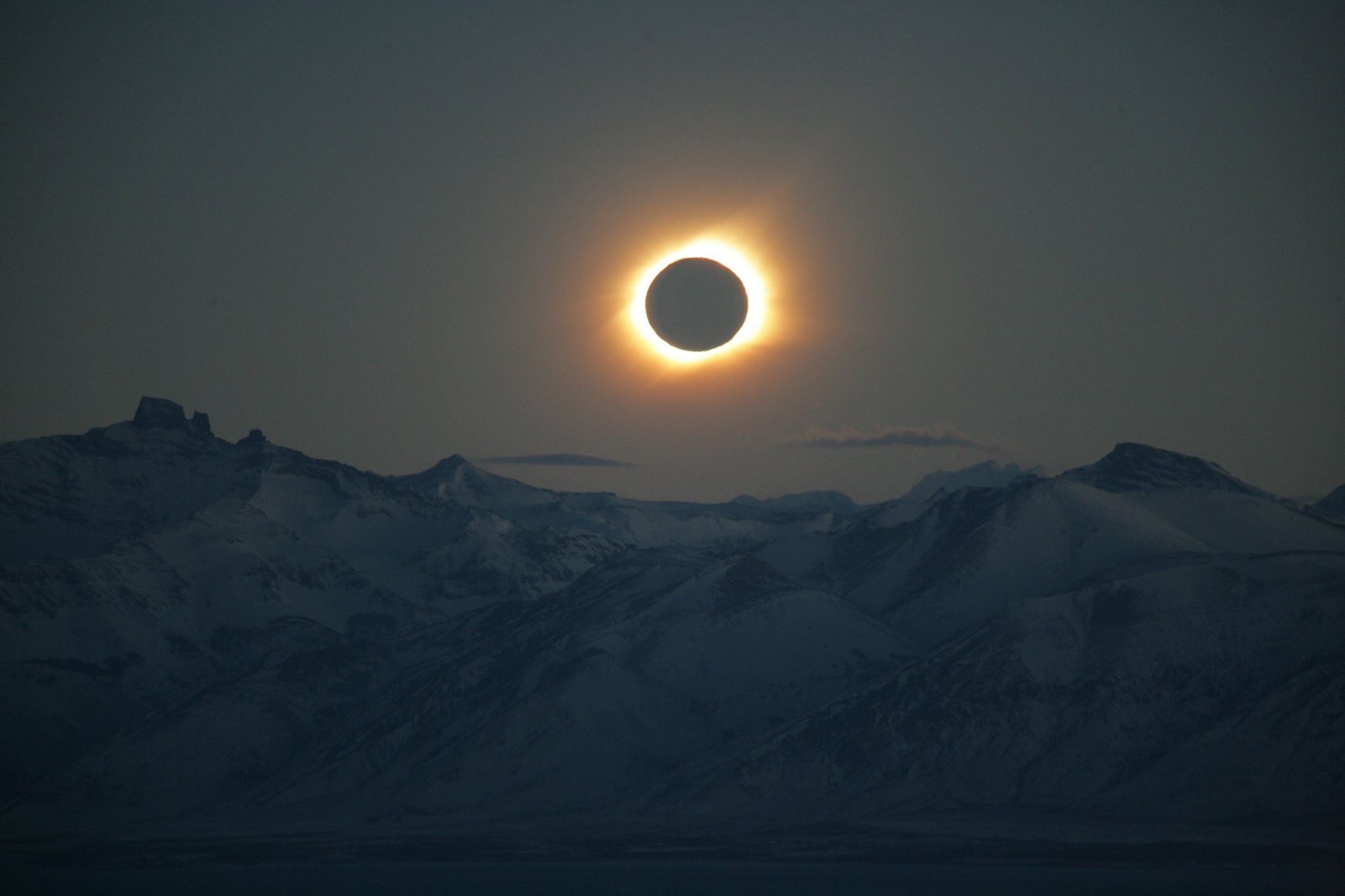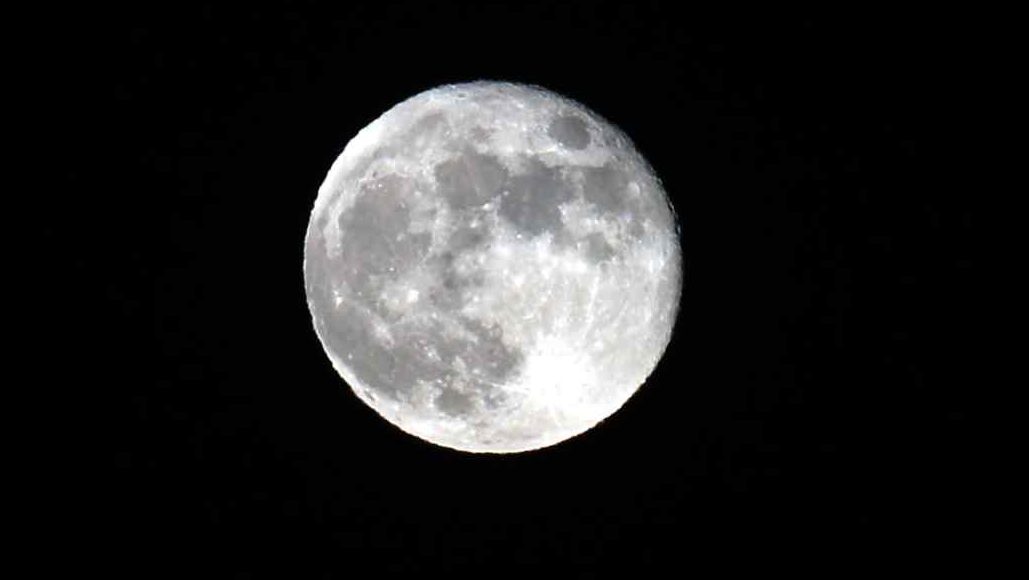
Sequence from Fox Observatory in Sunrise, Florida The southern portion of the Moon will be closest to the center of the shadow, making it darkest, and most red in appearance. The Moon's brightness is exaggerated within the umbral shadow. The following simulation shows the approximate appearance of the Moon passing through Earth's shadow. The Moon appears to be reddish because of Rayleigh scattering (the same effect that causes sunsets to appear reddish) and the refraction of that light by Earth's atmosphere into its umbra. Then, the shadow begins to "cover" part of the Moon, turning it a dark red-brown color (typically - the color can vary based on atmospheric conditions). As the eclipse begins, Earth's shadow first darkens the Moon slightly.

It was visible near sunrise for North America, and after sunset for eastern Asia including India.Ī lunar eclipse occurs when the Moon passes within Earth's umbra (shadow). The eclipse was visible across the Pacific, including all of Australia and New Zealand.

It occurred 3 days past apogee at 29.42'. The eclipsed moon was 12.9% smaller in apparent diameter than the supermoon September 2015 lunar eclipse, measured as 29.66' and 33.47' in diameter from the center of the earth. It was the sixth total lunar eclipse out of nine with totality under 5 minutes in a five millennium period between 2,000 BC and 3,000 AD. It was claimed by some that due to the oblateness of the Earth, it may have actually just been a partial eclipse. Totality lasted only 4 minutes and 43 seconds, making it the shortest lunar totality in almost five centuries since 17 October 1529 (which lasted 1 minute and 42 seconds).


 0 kommentar(er)
0 kommentar(er)
